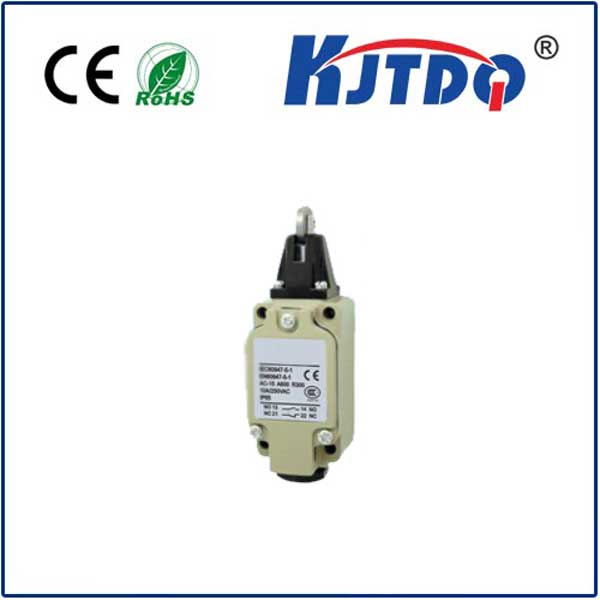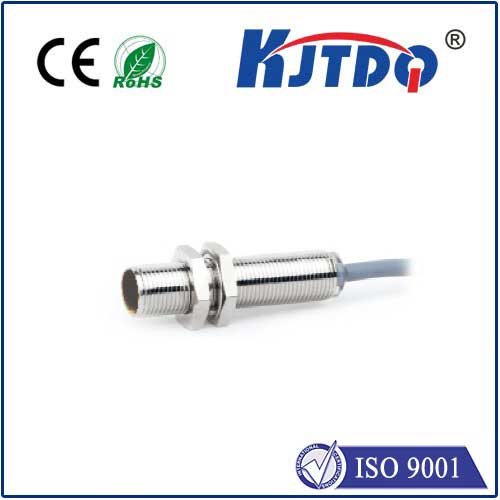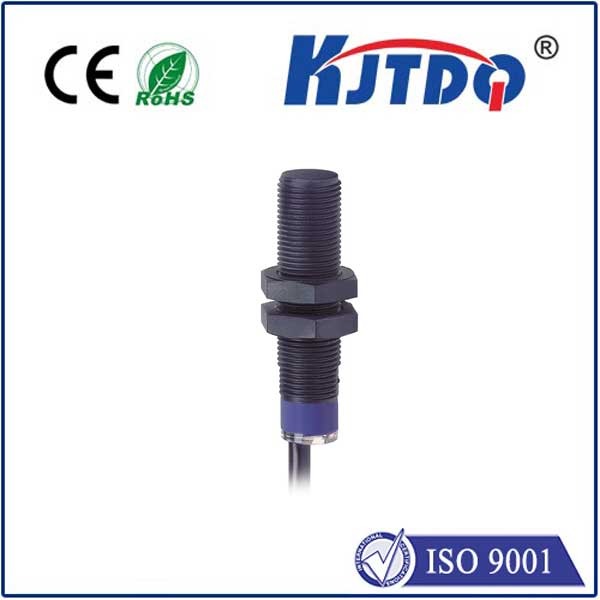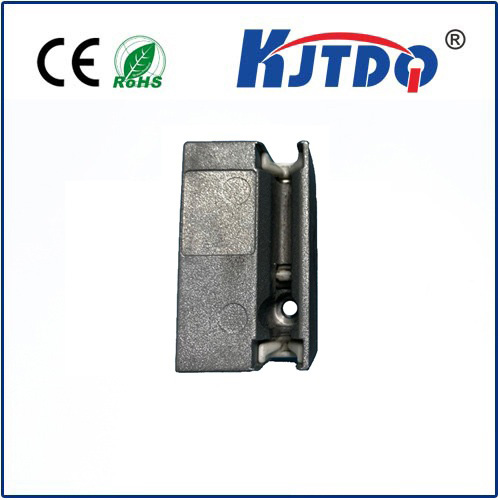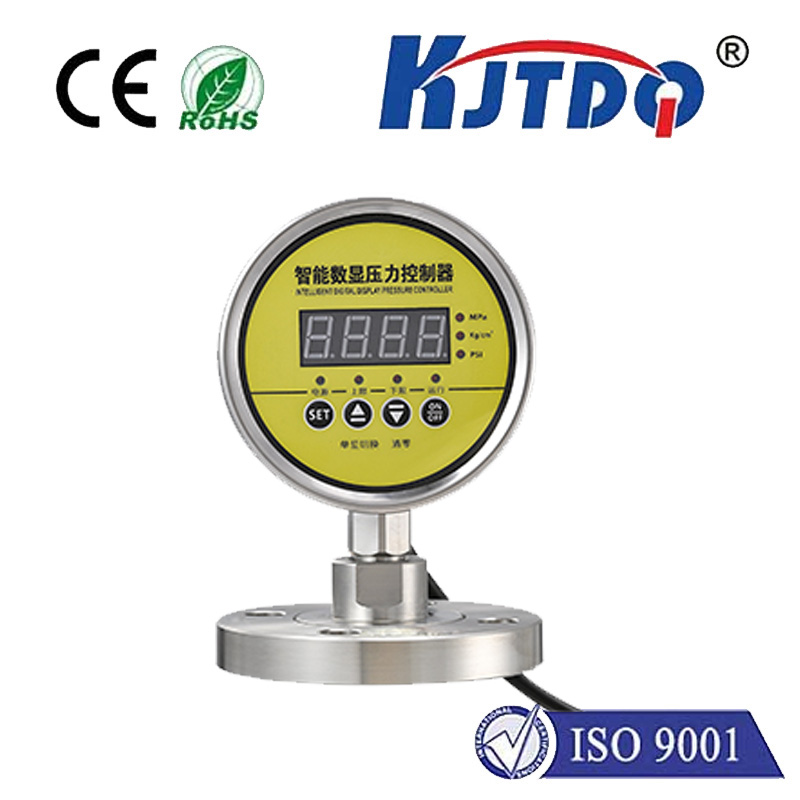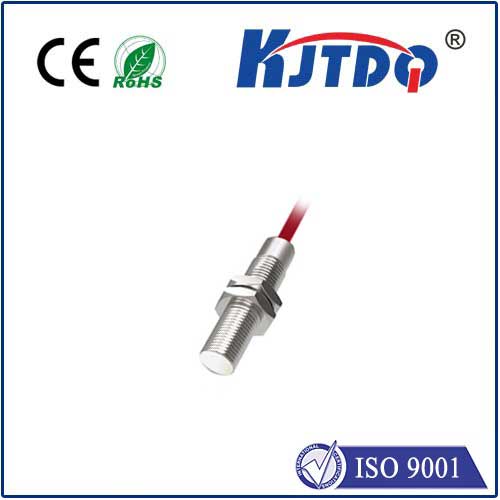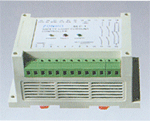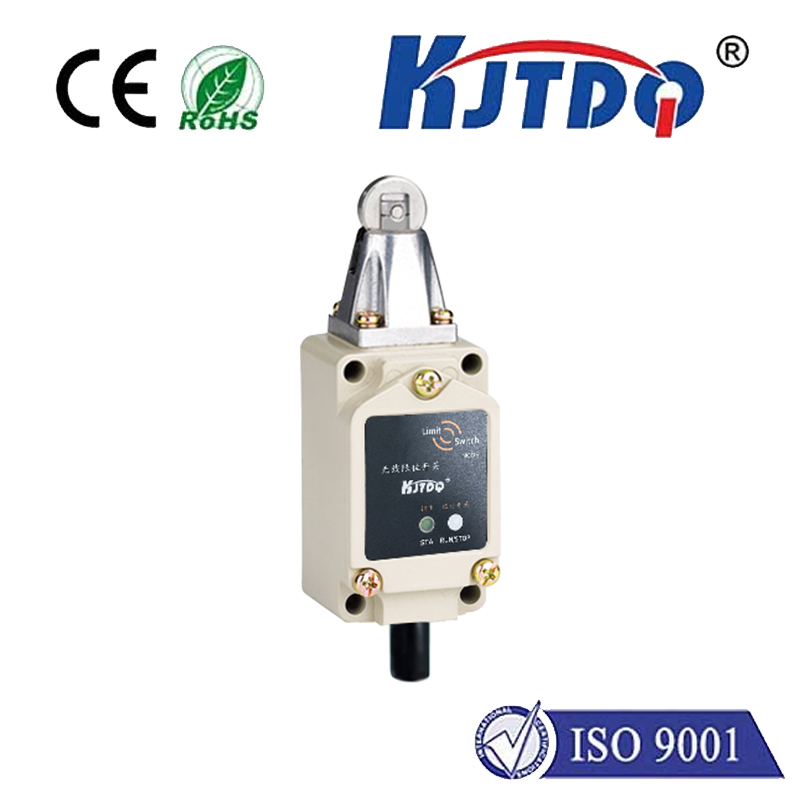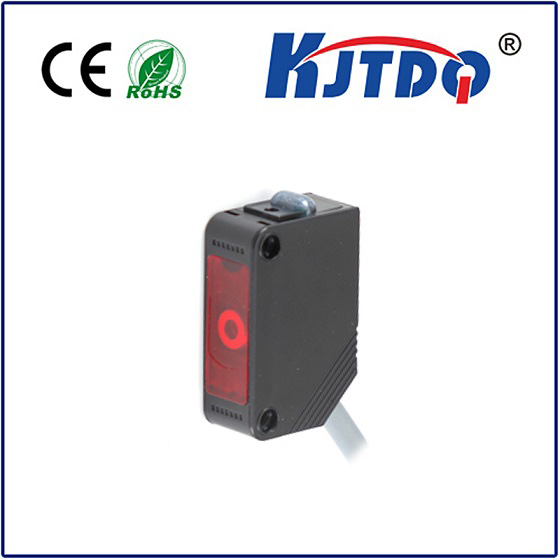
check

check

check

check
The Essential Role of the Limit Switch in Elevator Safety
The limit switch is a crucial component in the operation of an elevator, serving as a safety feature that prevents accidents and ensures smooth functioning. This article aims to shed light on the importance of limit switches for elevators and how they contribute to maintaining safety standards.
Firstly, it is important to understand what a limit switch is. A limit switch is an electronic device that detects the position of the elevator car and sends signals to the control system. This signal helps regulate the movement of the elevator car, ensuring it doesnot exceed its designated limits or move beyond its intended path.
The primary function of a limit switch in an elevator system is to act as a fail-safe mechanism. In the event of any malfunction or abnormality in the elevator's operation, the limit switch triggers an alarm and stops the movement of the elevator car. This prevents potential accidents such as collisions with other floors or falling into the shaft.
Furthermore, limit switches also play a vital role in maintaining proper alignment and leveling of the elevator car. They ensure that the doors are properly closed before the elevator moves, preventing accidents caused by people or objects getting trapped between them. Additionally, limit switches help maintain the correct speed and direction of travel, preventing sudden changes or jolts that could cause discomfort or injury to passengers.
In conclusion, limit switches are essential components in the safe operation of elevators. They serve as fail-safe mechanisms, maintain proper alignment and leveling, and ensure smooth and comfortable rides for passengers. As such, regular maintenance and inspection of these devices are crucial to upholding safety standards in elevator systems.
